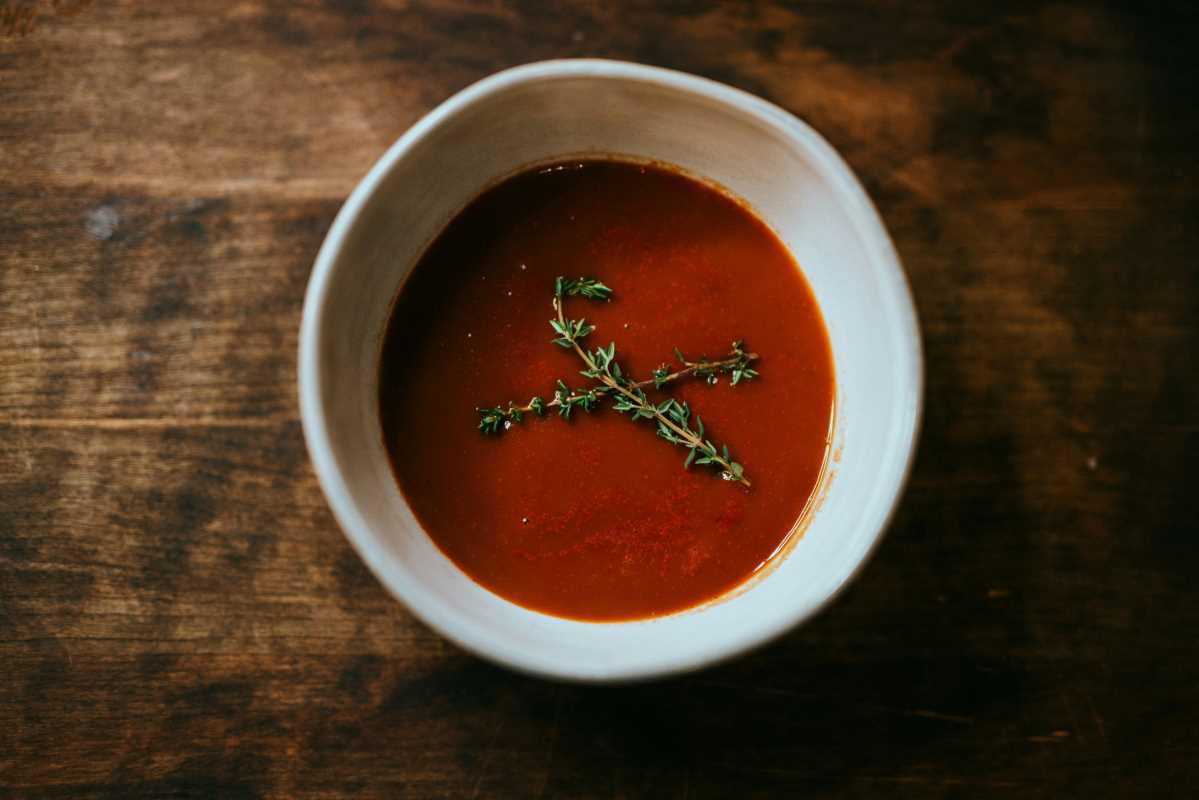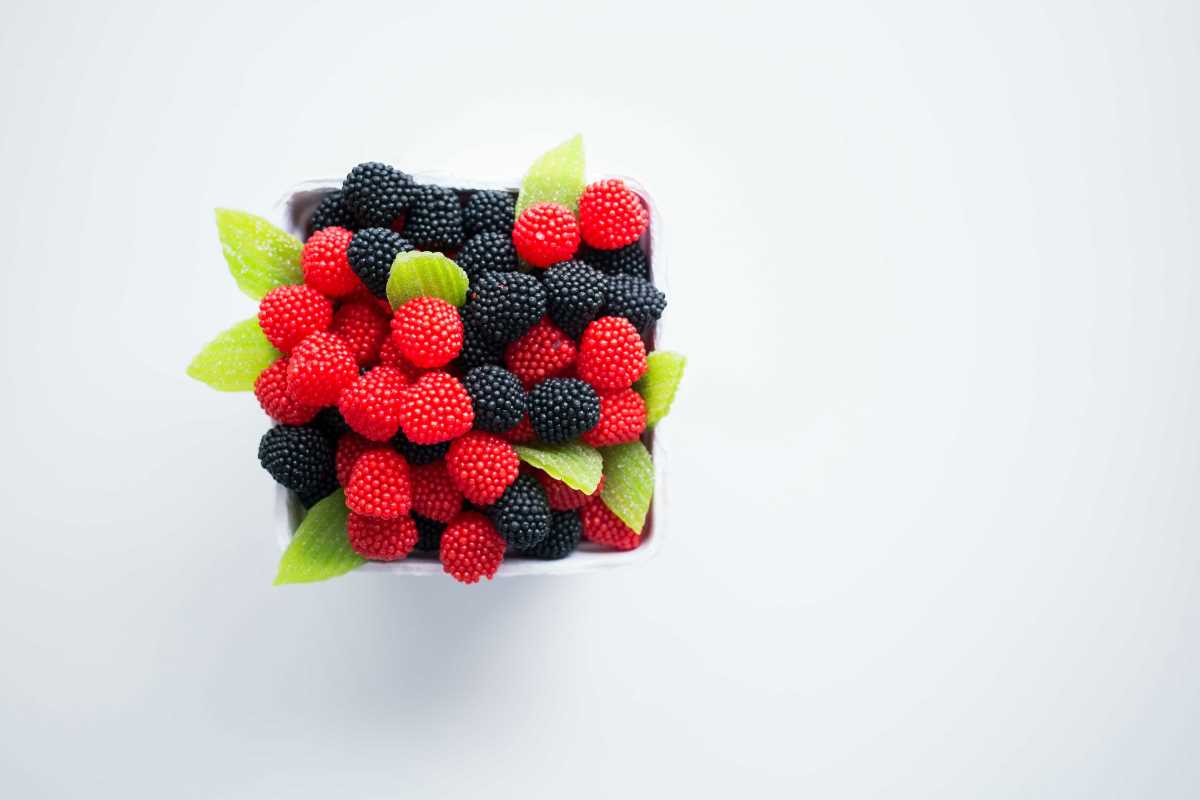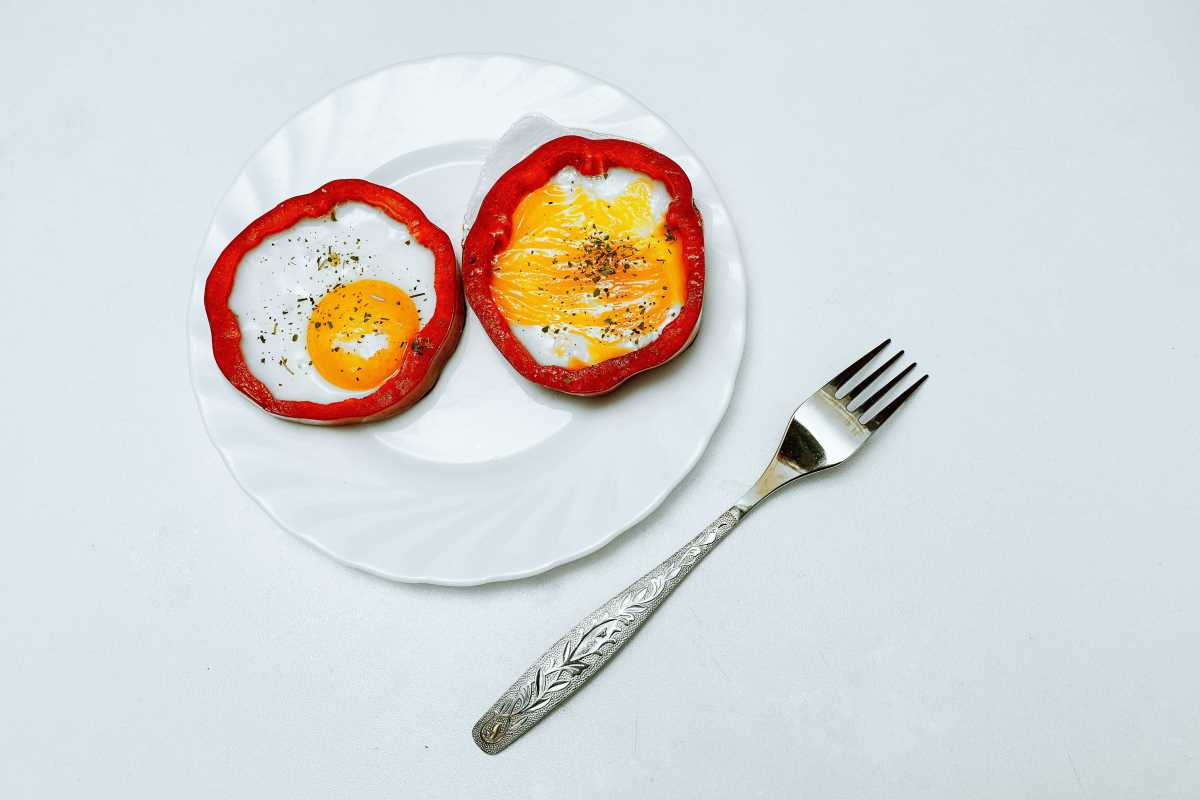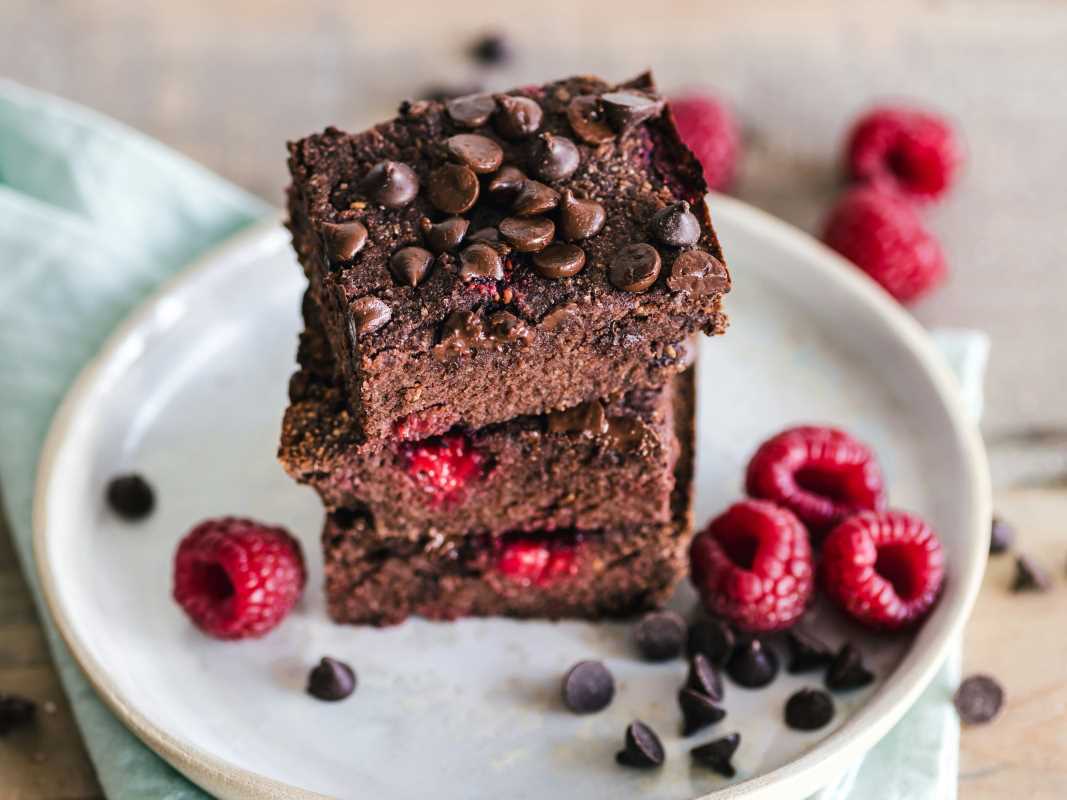Fiber may not seem glamorous, but it’s the unsung hero of your diet. It keeps things moving, supports gut health, and can even help balance blood sugar. Yet, many of us fall short when it comes to getting enough fiber. Fear not! These five high-fiber foods are here to save the day. Not only are they packed with digestive benefits, but they’re also versatile and, dare we say, delicious.
Beans Take the Spotlight
Beans have a bit of a reputation. Sure, they might be the reason for a giggle or two at the dinner table, but they’re also a fiber powerhouse. Packed with both soluble and insoluble fiber, beans work wonders for your gut. Soluble fiber helps soften stool by absorbing water, while insoluble fiber gives your digestion the nudge it needs to keep things on schedule.
Black beans, kidney beans, lentils, and chickpeas are some of the top-tier options. A cup of cooked lentils offers around 15 grams of fiber, that’s nearly half your daily requirement. Not to mention, beans are also rich in protein, which adds another layer of nutritional value.
Adding beans to your meals doesn’t have to mean an endless stream of soups or stews. Toss chickpeas into salads, use black beans in tacos, or make a creamy white bean dip to serve with your favorite veggies. Beans are culinary chameleons, fitting into countless cuisines with ease.
For those wary of beans'… shall we say, after-effects, soaking canned beans and rinsing them can reduce compounds like oligosaccharides that sometimes cause gas. Or try starting with smaller portions and upping your intake slowly.
Beans aren’t just for vegetarians or vegans, either. Meat lovers can pair them with grilled chicken or baked salmon to create a hearty, balanced meal. Plus, they’re super budget-friendly. Who doesn’t love keeping both their wallet and their digestive system happy?
Brightening Plates with Berries
Few foods are as joyful as fresh berries. Whether it’s the vibrant pop of a strawberry or the tart zing of a blackberry, berries are a treat for the senses. They’re also packed with fiber, deceptively hiding their digestive benefits inside those brightly colored skins.
Blueberries, raspberries, and blackberries are standout stars in this category. A cup of raspberries serves up a whopping 8 grams of fiber, all while being low in calories and high in antioxidants. These little gems work hard for your health, protecting your cells from damage while keeping your digestion humming along.
The best part? Incorporating berries into your meals is ridiculously simple. Toss them into smoothie bowls, sprinkle them over oatmeal, or fold them into pancake batter. Fancy a snack? Dip them in yogurt for a creamy, satisfying option that tackles hunger with zero guilt.
Berries also freeze beautifully, making it easy to keep them on hand year-round. Toss frozen blueberries into your blender for a quick smoothie, or thaw them for a juicy addition to desserts. You’re bound to feel like a culinary genius when fresh berries make an appearance.
Beyond digestion, berries have the bonus of being heart-friendly, thanks to their high levels of vitamin C and potassium. It’s incredible how much functionality these tiny fruits bring to the table. Delicious and functional? That’s a winning combination.
Leafy Greens Change the Game
When we think fiber, leaves don’t usually come to mind, but leafy greens are sneaky contenders in the fiber department. Veggies like spinach, kale, and Swiss chard aren’t just nutrient-dense, they’re also excellent for keeping your digestion in tip-top shape.
Spinach, for example, brings about 4 grams of fiber per cooked cup, and it offers magnesium, which helps muscles in your digestive tract operate smoothly. Kale ups the ante with its rugged texture and ability to fill you up fast. Chard, meanwhile, is the slightly sweeter, understated sibling everyone loves when given the chance.
Greens can be a star or a sidekick. Make a kale salad with lemony dressing, sauté a bit of Swiss chard with garlic for a quick side, or blend spinach into your morning smoothie. They’re so versatile it’s almost unfair to other vegetables.
Not a fan of greens' robust flavors? Try sneaking them into soups, casseroles, or even pasta. The trick is to wilt or chop them finely, turning them into nutrient-packed additions you’ll barely notice. Pairing them with a squeeze of citrus or some crumbled feta can also soften their earthiness.
If you’re all about meal prep, greens are your best friend. They store well and can form the base of salads, stir-fries, and even wraps. Meal variety becomes a cinch when you’ve got a fridge full of prepped greens.
Whole Grains Make a Comeback
Whole grains often get overshadowed by trendier options like quinoa, but they’re the stalwarts of the fiber world, and for good reason. Brown rice, barley, oats, and farro provide a hearty dose of fiber while adding depth and texture to your meals.
Oats, in particular, are a breakfast hero. Their soluble fiber, called beta-glucan, forms a gel-like substance as it moves through your system, soaking up cholesterol along the way. Talk about multitasking! A simple bowl of oatmeal in the morning can jumpstart your gut health, and adding toppings like fruit or nuts takes it to the next level.
Barley is another underappreciated gem. Its nutty flavor makes soups heartier and salads more satisfying. Cook up a big pot at the start of the week, and you’ve got the foundation for countless creative dishes.
Even simple swaps, like using whole-grain bread instead of white or opting for brown rice, make a big difference to both your fiber intake and your digestion. The extra texture these whole grains bring to your meals will have your taste buds as grateful as your stomach.
Here are some easy ways to get more of these into your diet:
- Sprinkle rolled oats into smoothies for thickness and fiber
- Swap white pasta for whole-grain options
- Use whole-grain flour for baking cookies or muffins
- Add farro to roasted veggie bowl recipes
Nuts and Seeds Steal the Show
Looking for the ultimate snack with endless health perks? Turn to nuts and seeds. Almonds, chia seeds, sunflower seeds, and walnuts are not just high in fiber but also full of healthy fats that support gut motility.
Chia seeds, in particular, punch above their weight. A tablespoon has around 5 grams of fiber, and when mixed with water or milk, they create a gel-like texture. That gel is more than a fun science experiment; it’s excellent for easing digestion. Chia pudding, anyone? Combine them with almond milk, vanilla extract, and fresh fruit for a treat that’s as indulgent as it is nutritious.
Almonds and sunflower seeds double as snackable superstars. Throw a handful into salads for a crunch, or mix them into your morning yogurt. Shelled sunflower seeds even make appearances as unexpected toppings for breaded chicken or casserole dishes.
One quirky idea? Flaxseeds in baked goods. Grinding them up and mixing them into bread dough or muffins packs in fiber and adds a nutty undertone. It’s an easy way to hit your fiber goals without obvious changes to your menu.
Plus, nuts and seeds are perfect for meals on the go. Toss them into trail mix or portion them into mini containers for easy-snacking magic. Delicious, portable, and gut-friendly? Sign us up.
Keeping Digestion Running Smoothly
With clever, fiber-packed foods like beans, berries, leafy greens, whole grains, and nuts, there’s no reason for your digestion to stall. These foods aren’t just about health; they’re about enjoying meals that taste as good as they feel. The trick is to incorporate these options seamlessly into your diet. Once you start adding them to your plates regularly, your gut will be operating with the precision of a well-oiled machine.
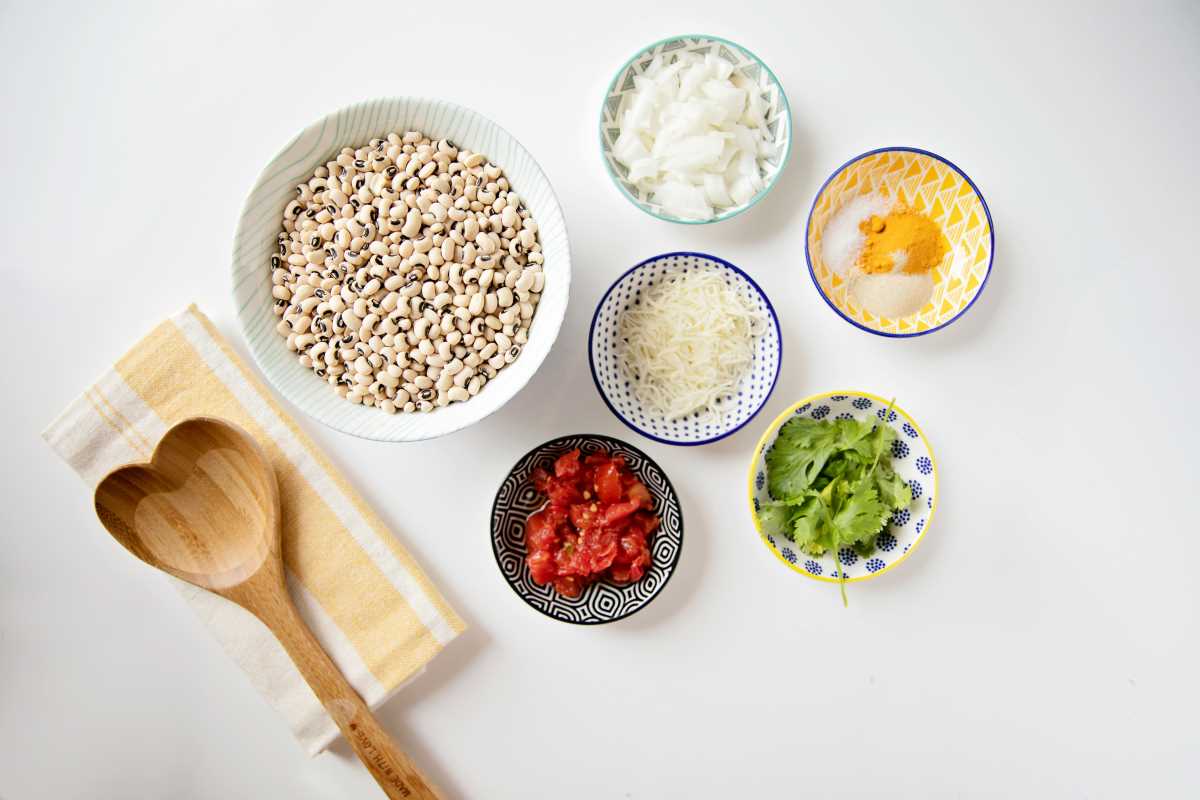 (Image via
(Image via
